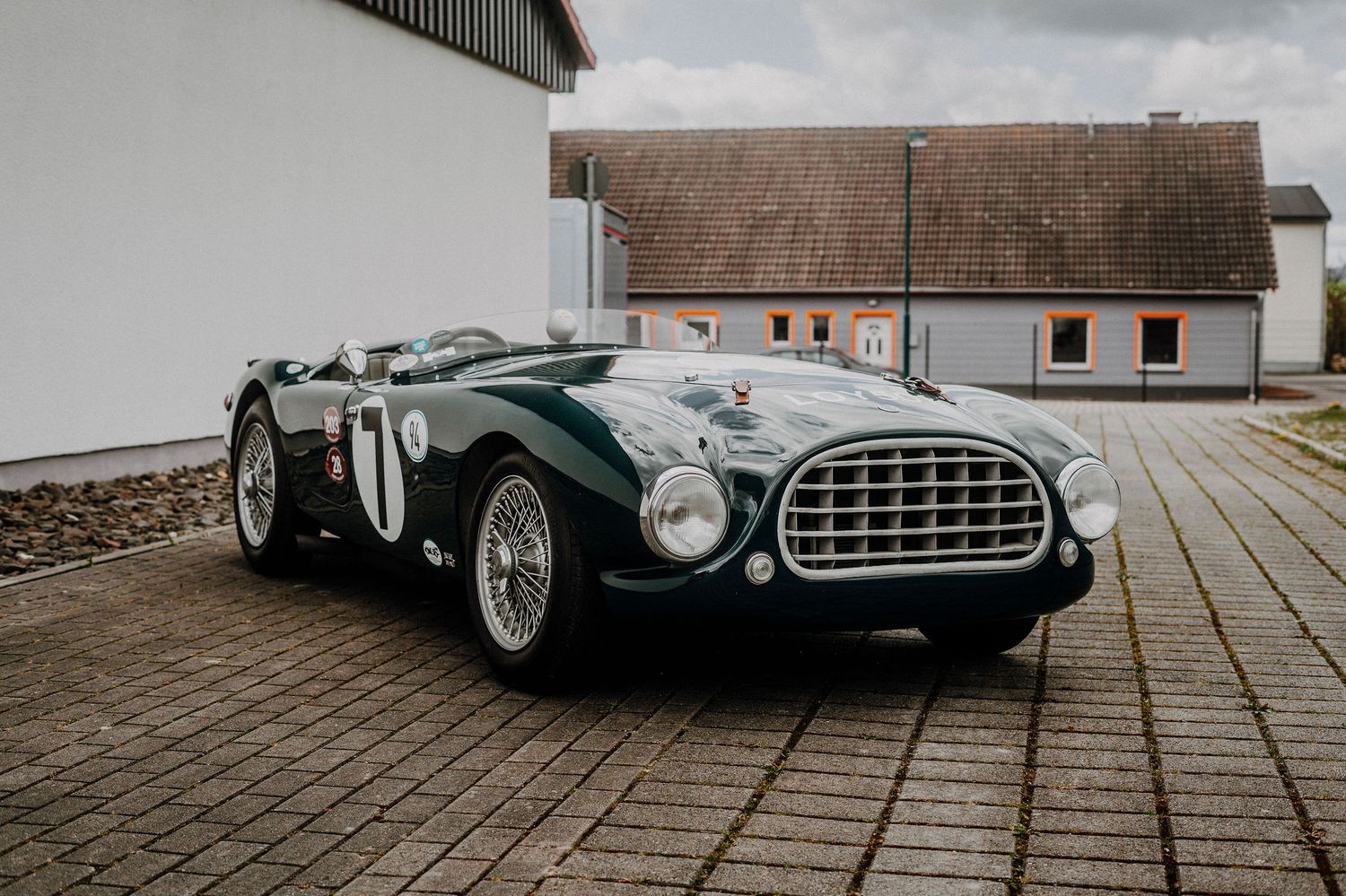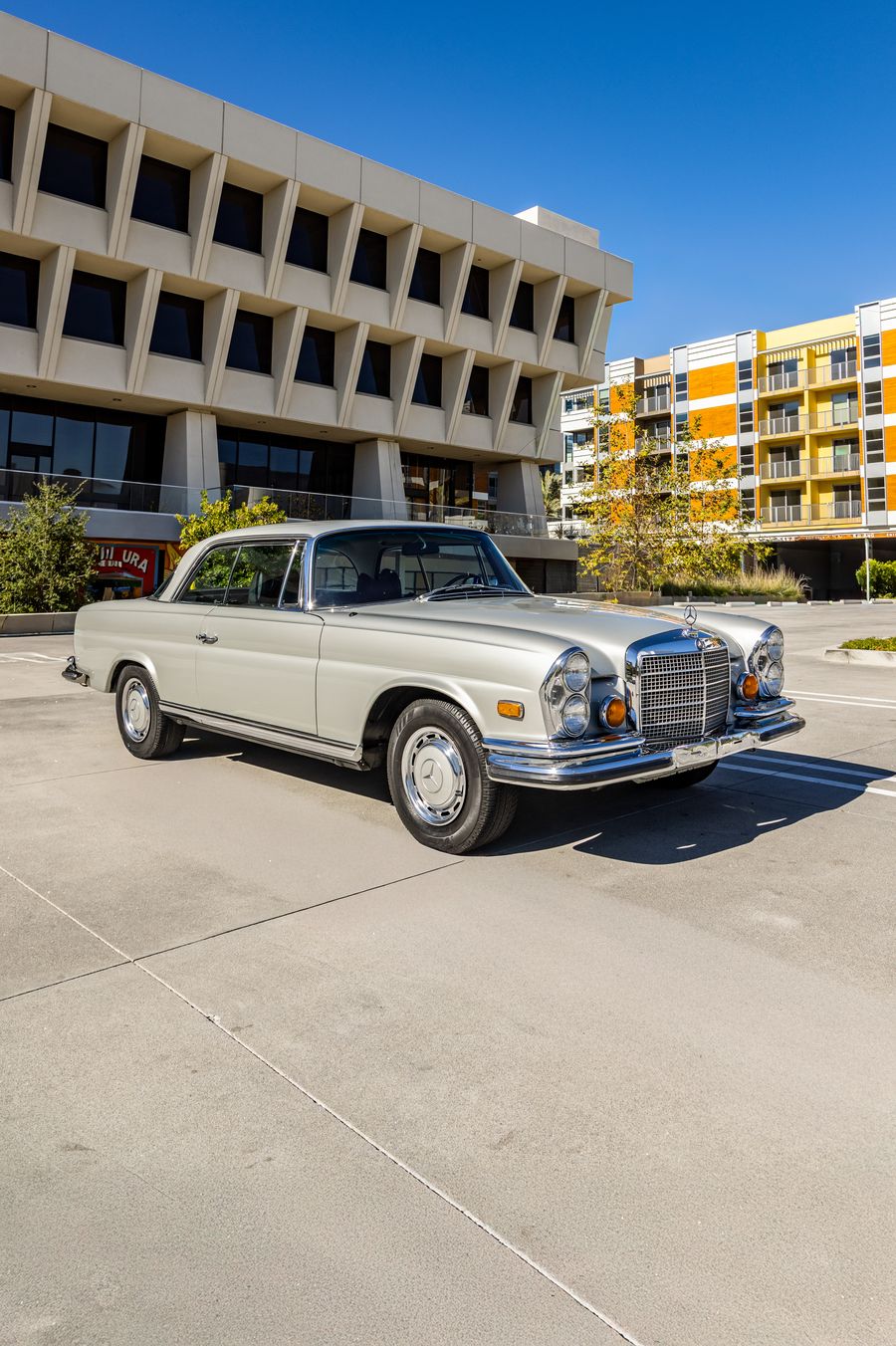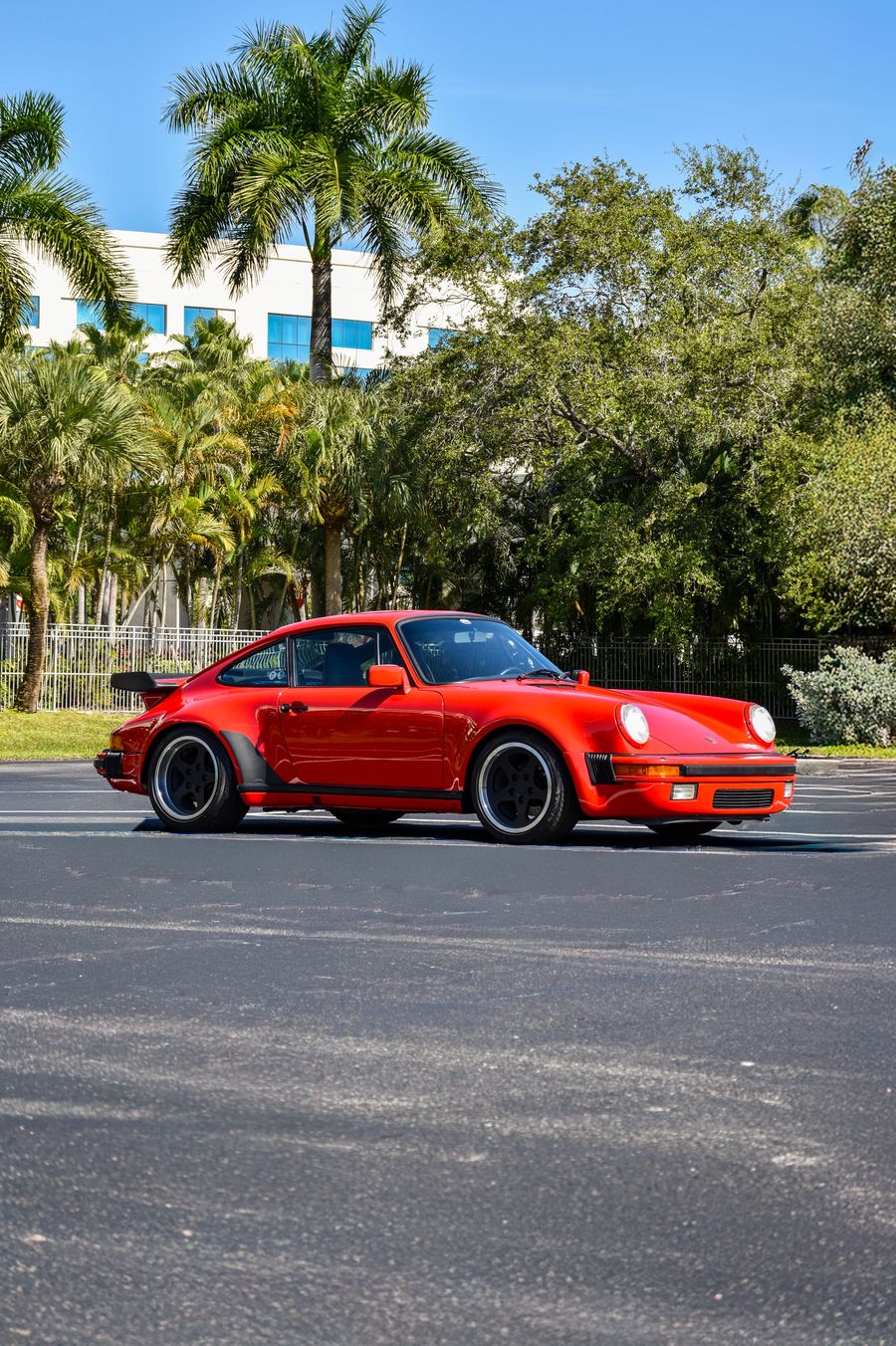- Unsold -
- Ended 3 September at 6 PM
- Unsold -
- Ended 3 September at 6 PM
Overview
The 1950s saw race car design transition from an art to a science. Born in Estoril, Portugal in 1923, John Tojeiro was among the last of the breed of “artist-designers.” The son of a Portuguese father and English mother, he worked as an apprentice to a small commercial vehicle maker prior to his service in the British Fleet Field Arm during WWII. He returned to that firm after his enlistment, taking with him extensive knowledge of aircraft design and construction to which he’d been exposed in the military.
As a civilian, Tojeiro wanted to build and drive race cars. His first commission was for an MG-powered sports car in the style of Ferrari’s small 166MM “Barchetta” for a privateer racer named Lionel Leonard. He raced that car, registered as “JOY 500,” in 1951 until he blew the engine and sold it.
The new owner, Cliff Davis, rebuilt the engine and continued racing the car. Davis subsequently commissioned Tojeiro to build a second car for him based on that design, but powered by a larger Bristol engine. This debuted for the 1953 season and was registered as “LOY 500.”
At about the same time, Leonard again contracted Tojeiro to build a new racer. With an eye on making the car more suitable to accepting various engines, Trojeiro used larger 3-inch tubing for the ladder frame. This new design also accepted Cooper-style independent suspension. Though it housed just a humble 1.5-liter MG four-cylinder under its bonnet, the so-called “Leonard Special” (tagged LOY 501) was a foundational building block to one of the most legendary sports cars in history.
Tojeiro was likewise contracted during this period by Buckland Bodyworks, who supplied finished bodies to the AC car company. When AC needed a replacement for its aging two-liter model, Tojeiro’s name once again emerged.
After creating a prototype for AC to display at the 1953 Earl’s Court Motor Show, Tojeiro eventually sold his chassis deign to the firm, whose in-house designer refined the barchetta design for commercial production. This new model, the AC Ace, would be powered by the company’s own inline six. However, Tojeiro’s stout chassis design that first emerged in the Leonard Special, would go onto greater fame when Carroll Shelby put a Ford V8 under the hood of the AC Ace and created the Cobra.
Lionel Leonard raced the one and only Tojeiro-built MG “Leonard Special” in 1953 and 1954. Driver Eric Brandon also spent time at the wheel, and Sir Stirling Moss drove this vehicle in the 1954 British Empire Trophy race at Oulton Park. While Moss won the the class in the first heat, the car failed to complete the final race, retiring early with a broken crankshaft. After the final race of 1954, Leonard parked the car and it was forgotten for three decades.
Upon its discovery in the 1980s, the MG-Tojeiro received a full restoration from Rodney Tolhurst in Kent, England. American sports car racer Steve Barney then acquired the car before selling it to friend Gerald Roush, publisher of Ferrari Market Letter. Before Roush’s passing in 2010, the car was sold to Martin Chisholm and returned to the UK.
The car is now registered as a vehicle of special interest and once again proudly displays its original LOY 501 registration number. The aluminum coachwork is finished in British Racing Green (but, of course). The paint, while updated, retains the original white “meatball” number circles, which show some cracks and patina. Sir Stirling Moss’s signature can be found on the trunk lid.
Inside, the small racing bucket seats are trimmed in olive-hued leather, and the minimal cockpit is fitted with carpet for a dash of road-going refinement. A full complement of mostly original Jaeger and Lucas gauges fills the flat dashboard. A three-spoke aluminum steering wheel wears the Tojeiro crest in its center.
Under the hood is the original 1.5-liter overhead-valve MG XPAG four-cylinder with twin SU carburetors. It’s mated to a four-speed gearbox and the car sits on Dunlop wire wheels.
MGs are more commonly known as fun, affordable sports cars for enthusiasts on a budget. This is not your typical MG. A hand-constructed, purpose-built race car, the “Leonard Special” is a rare piece of motoring history that happens to be powered by an MG engine.
This car is a direct link to the AC Ace and the V8-powered Cobra into which it later evolved under Carroll Shelby. Add to that the fact that Sir Stirling Moss himself hustled this very car to victory (however short-lived it was) and you have a bona fide legend.
History aside, this design is one of several vehicles John Tojeiro was commissioned to build that essentially copied Ferrari’s exquisite little 166MM Barchetta, a car designed specifically to tackle the challenging Mille Miglia. A beautiful sculpture in its own right, its playful shape wears more like a slipper than a sports car.
While this car is largely original and true to its as-last-raced appearance, it has been thoughtfully updated with safety harnesses and a fire extinguisher, making it suitable for classic rallies and touring events. The next owner will find the MG-Tojeiro a pleasure to own, whether on the road, in the prized spot in the collection garage, or among other legends on the concours field.
As part of the consignment process, SBX Cars requests a range of information from the seller pertaining to the subject of their offering. The auction listing description therefore is, to the best of the seller’s knowledge, accurate and not misleading. However, it is the responsibility of a potential buyer to satisfy themself as to the accuracy of the auction listing description. This includes conducting an in-person inspection, which may be arranged between the buyer and seller, as well as verifying the condition, authenticity, value, and title before committing to bid or buy. Please see our Terms of Service for full details.




